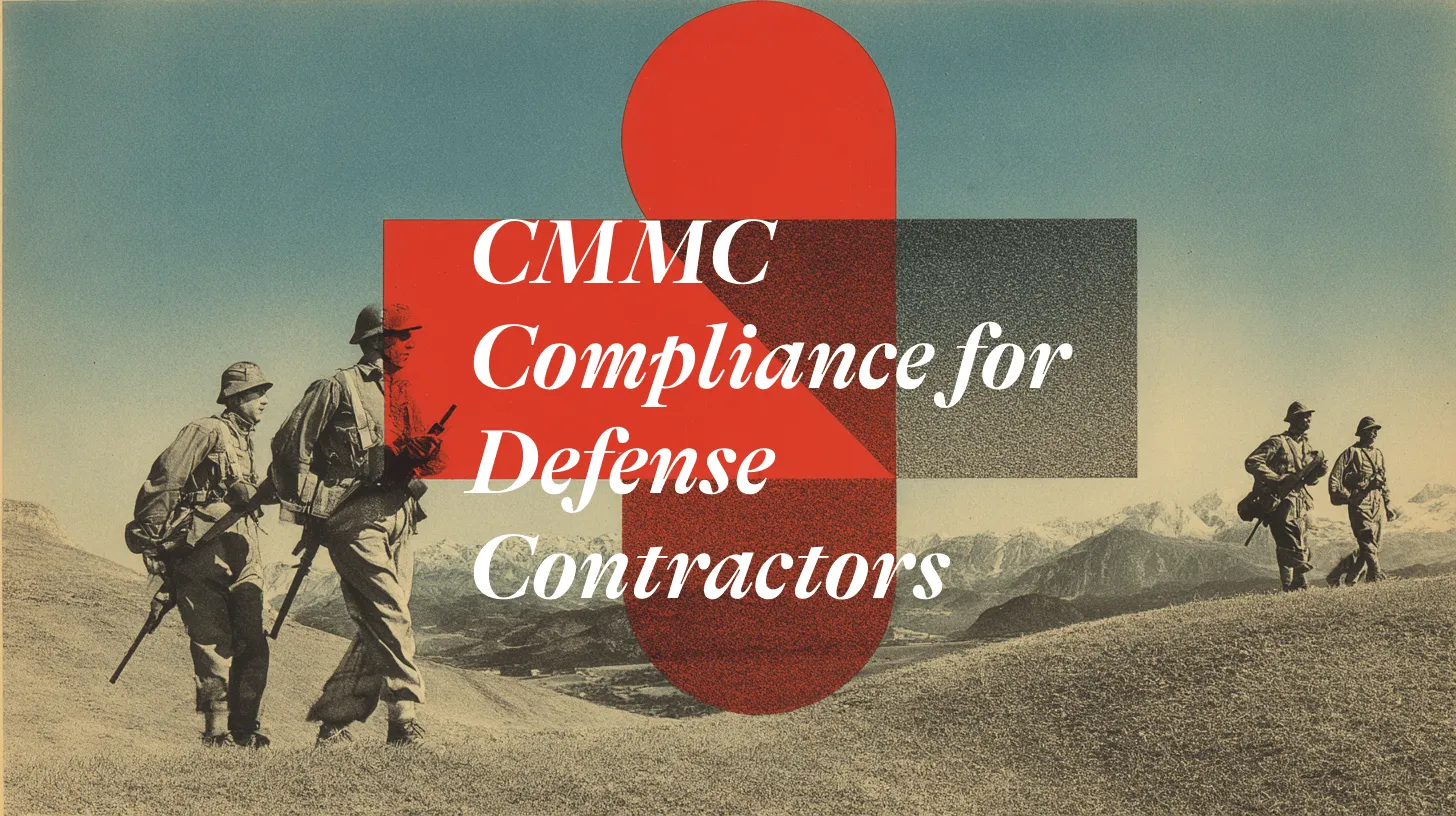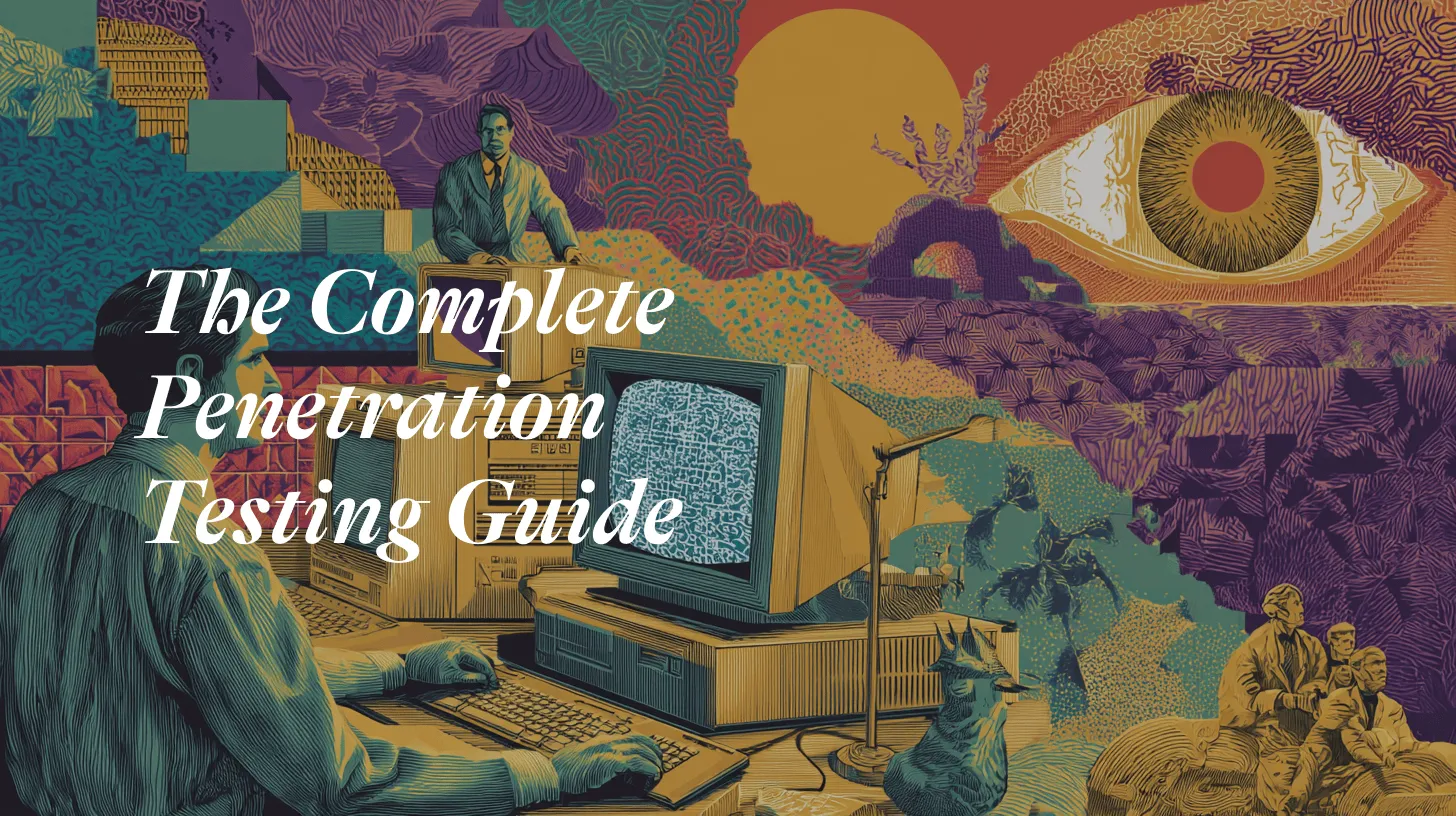Workstreet Guides
Trusted by teams everywhere. Expert-crafted guides for real-world compliance and security challenges.

The Guard Advantage
How SaaS startups can break through the compliance ceiling and transform security from a cost center into their biggest competitive advantage using GUARD's revolutionary 5-stage maturity framework.

The Complete GDPR Compliance Guide
This comprehensive guide provides US SaaS and technology companies with a practical roadmap for achieving GDPR compliance from the ground up, covering everything from legal foundations and data governance frameworks to technical implementation and ongoing monitoring, while positioning organizations for competitive advantage in the €8.6 trillion European market.

The Complete CCPA Privacy Guide
This guide offers a practical, risk-based framework to help organizations implement and sustain CCPA/CPRA compliance in 2025, translating complex regulatory requirements into actionable strategies that align with business operations.

The Complete PCI DSS Implementation Guide
This comprehensive guide provides merchants and service providers with expert, actionable guidance for implementing all 12 PCI DSS requirements, navigating the critical March 2025 compliance deadline for version 4.0.1, and building sustainable payment security programs that transform compliance obligations into strategic business advantages.

HIPAA Compliance for Healthcare AI
This comprehensive guide provides healthcare organizations with actionable strategies for implementing AI systems that comply with HIPAA's privacy and security requirements while addressing unique challenges including algorithmic bias, model transparency, and evolving regulatory frameworks in 2025 and beyond.

CMMC Compliance for Defense Contractors
This comprehensive guide examines how defense contractors can achieve CMMC Level 2 certification while navigating the unique compliance challenges and opportunities presented by AI adoption, providing practical implementation strategies for meeting the DoD's mandatory cybersecurity requirements that take effect in 2025.

The Complete Penetration Testing Guide
Learn how penetration testing drives security resilience and business growth for SaaS companies, from vendor selection to leveraging results for competitive advantage beyond compliance requirements.

The Complete Guide to Security Questionnaire Automation
The Complete Guide to Security Questionnaire Automation shows how SaaS and AI companies can cut weeks of manual work into hours, improve accuracy, and turn security reviews from sales blockers into revenue accelerators.

Essential Guide to Virtual CISO Services
This guide explores how Virtual CISO services deliver enterprise-grade security leadership on a fractional basis, helping organizations achieve compliance, manage cyber risks, and build robust security programs without the cost of full-time executives.

The Startup CISO's First 90 Days: Building Security Programs That Scale
This guide, "The Startup CISO's First 90 Days," outlines a strategic approach to building scalable security programs in fast-growing startups using the Workstreet GUARD Framework (Guide, Uphold, Align, Reinforce, Drive). The framework provides a progressive maturity model across seven key domains: Governance, Identity & Access Management, Data Protection, Application Security, Infrastructure Security, Incident Management, and AI/LLM governance.
The initial 90 days are critical for establishing foundational security, building trust, and demonstrating quick wins. Weeks 1-2 focus on rapid assessment and aligning with the GUARD Framework. Weeks 3-4 establish Stage 1 (Guide) by implementing basic compliance foundations and quick wins, leveraging tools like Vanta. Weeks 5-8 transition to Stage 2 (Uphold), emphasizing process integration, secure development lifecycle, infrastructure security maturation, and incident response preparation. Finally, Weeks 9-12 focus on Stage 3 (Align), transforming security into a strategic business asset by aligning with business objectives, developing a long-term roadmap, and establishing business-aligned metrics and reporting. The guide also addresses common pitfalls like over-engineering and neglecting domain balance, providing solutions through the GUARD Framework.
A comprehensive guide to establishing scalable security foundations using the GUARD Framework for progressive security maturity

The Definitive Guide to SOC 2 Compliance for SaaS Startups
This guide outlines how SaaS startups can achieve SOC 2 compliance, vital for building trust and securing enterprise deals. SOC 2 assesses data protection across five Trust Service Criteria: Security, Availability, Processing Integrity, Confidentiality, and Privacy. It distinguishes between Type I (point-in-time, 2-6 weeks, $15K-$35K) and Type II (operational effectiveness over time, 6-12 months observation, $25K-$75K), with Type II being preferred by enterprises.
SOC 2 certification accelerates sales, increases deal values, improves retention, satisfies investors, and provides a competitive edge. Implementation typically takes 3-6 months for Type I and 12-15 months for Type II, costing $25,000-$100,000, including auditor fees, technology tools (like GRC platforms such as Vanta), and professional services. Hidden costs like internal resource allocation and ongoing maintenance are also significant.
The guide emphasizes a pre-implementation readiness assessment and provides detailed timelines for foundation building, control implementation, and testing. It also includes a framework for evaluating vendors and tools, highlighting Vanta for automation and Workstreet as a key implementation partner. Finally, it details the development of core security policies, with SaaS-specific considerations for cloud security, multi-tenancy, API security, and DevOps integration.

The Complete SaaS Security Maturity Guide: From Startup to Scale
This guide, "The Complete SaaS Security Maturity Guide: From Startup to Scale," introduces the GUARD Framework, a five-stage model designed to help SaaS companies strategically evolve their security programs. It argues that security should be viewed as a competitive advantage, not just a cost center, addressing the common problem of SaaS companies struggling to demonstrate ROI from security investments.
The GUARD Framework outlines five stages: Guide (Compliance Foundation), Uphold (Security Process), Align (Business Alignment), Reinforce (Risk Management), and Drive (Competitive Advantage). Unlike generic frameworks, GUARD tailors security to company size and complexity, integrating existing standards like SOC 2 and ISO 27001 into a clear progression. It emphasizes that SaaS companies face unique security challenges due to cloud-native complexity, rapid iteration, multi-tenancy trust, and the direct impact of security posture on customer trust and revenue. The guide provides detailed implementation roadmaps and budget planning for each stage, highlighting how Workstreet's services offer significant cost savings and accelerated maturity. Ultimately, it aims to help companies transform security from a sales blocker into a revenue accelerator and future-proof their operations for sustainable growth.
Transform Security from Cost Center to Competitive Advantage with the GUARD Framework

The Complete Guide to Security Questionnaire Optimization: From Time Sink to Competitive Advantage
Security questionnaires, once minor requests, have become crucial for B2B SaaS growth, directly impacting revenue, customer relationships, and competitive standing. Most companies mismanage them as a "necessary evil," leading to significant hidden costs, including revenue delays, opportunity costs from diverted engineering time, and damaged customer experiences. The true economic impact is often 3-10 times higher than perceived, escalating rapidly with company growth.
This guide argues that questionnaires can be a strategic asset. It critiques common approaches like ad hoc scrambles and DIY AI, which hit completion ceilings or create new complexities. Instead, it advocates for a scalable system built on a centralized knowledge base, clear approval workflows, and continuous accuracy maintenance. The most effective strategy is a hybrid approach combining AI for speed with human expertise for nuanced, company-specific responses. Optimizing response times to 24-48 hours is a competitive advantage, fostering trust and accelerating deals. Implementing these strategies can lead to 50-70% cost reduction and improved sales velocity, transforming questionnaires from a burden into a powerful driver of business success.
Transform your security questionnaire process from an operational burden into a strategic sales asset that accelerates deals and builds customer trust.

The Complete Guide to AI Governance for SaaS Companies
AI governance is becoming crucial for SaaS companies, extending beyond traditional IT governance to address AI-specific risks like algorithmic bias and model drift. Regulations such as the EU AI Act and standards like ISO 42001 are driving this need, with non-compliance carrying significant financial penalties. ISO 42001, published in late 2023, provides a systematic framework for AI management systems, covering risk assessment, leadership commitment, and stakeholder engagement.
Implementing AI governance involves a maturity progression, from basic controls to strategic competitive advantages. Key pillars include robust data governance (lineage, privacy, cross-border considerations), proactive model risk management (lifecycle governance, bias detection, validation), and strong transparency and explainability practices (algorithmic transparency, customer communication, audit trails). Furthermore, comprehensive security controls must address AI-specific threats, and ethical AI principles must be embedded into development and operations. Adopting a systematic approach to AI governance offers substantial benefits, including regulatory compliance, enhanced customer trust, operational efficiency, accelerated enterprise sales, and competitive differentiation in increasingly regulated markets.
Ready to Transform Security into a Growth Advantage?
Schedule a consultation with our trust solutions experts to see how we can accelerate your security program and compliance journey.
